
Some Tassie-based creatives are local treasures we’ve managed to keep to ourselves, but a few others have developed a truly international fan base.
Throughout the 1980s, 90s and early 00s, Franklin-based glassblower Richard Clements had pieces in galleries and boutiques around the world, from New York to London to Tokyo, as well as throughout Australia/Tasmania. Glass lovers collect his objects almost obsessively, with one long-time admirer acquiring almost 400 pieces.
The gallery for Clements’ business Chameleon Glass features goblets, fish, fowl, and miscellaneous borosilicate glass creations, but his specialty is an ever-evolving range of perfume bottles large, and small, including starburst-imprinted bottles inspired by Australia’s free-spirited 1920s flapper detective Miss Fisher.
A lot of his work is delicate, but the artist definitely isn’t. Raised in London, Clements discovered glassblowing after leaving school at age 16. His father connected him with a glassblowing apprenticeship in the GEC research laboratories where he worked. He only completed about 75% of his internship, smashed his legs in a motorcycle accident, spent months in hospital recovering, and emigrated to Australia, all before he was 21. Though he trained as a glassblower, his artistic work is mostly self-taught.
Land of Milk & Lager
Clements was among the final group of English youth to immigrate to Australia as part of a post-World War II assisted passage migration scheme created both to populate the continent and offer greater opportunities for Britain’s youth.
“I was among the last ’10 pound poms*,” he recalls. “They wanted young people from England. You paid 10 pounds and got a five-week vacation on a cruise ship where everything was free but the beer. When you’re 20 years old, you say this a good deal. The population of Australia in 1971 was 12 million people. They needed a lot more. And the only stipulation was that you had to stay in Australia for two years.”
Jobs A-Plenty
After landing in Sydney, he found a job making laboratory glassware. An incomplete apprenticeship in England meant he worked through his lunch breaks to keep up with the work. “I could do it, but I was very slow. It was a good learning curve for me. I’d been mollycoddled for a long time.”
After about four months, he left and spent a year bouncing between jobs, from “wards man” in a Sydney hospital and a postman in coastal Bondi Junction. “I loved being a postman because I started at 6:00 and finished at half-past 11:00. Then I’d have the rest of the day to lounge around or go to Bondi Beach and lounge around some more. Unfortunately, because of the motorcycle accident, it just became too painful to carry around the bag filled with letters and parcels.”
One of his most unusual gigs was “selling glory boxes**” to young women. “Our job was to go around towns in New South Wales, asking girls on the street if they’d like to buy glory boxes. I was terrible at it, but my friend Barry was a real salesman and he did very well.”
He remembers being in Canberra on a Friday night having not sold a ‘glory box’ all week. “I was almost totally broke and didn’t have the petrol money to get back to Sydney. I was sitting in this pub drowning my sorrows when this girl sat next to me at the bar. We started talking and she actually bought one and gave me the $60 deposit in cash; I couldn’t believe my luck. That was the end of a very short career as a salesman.”
Answering His True Calling
After his year of job-hopping, Clements returned to professional glassblowing. On the job, he bonded with coworkers John and Phil, a glassblower from Leeds. Bored with their work and looking for greater self-expression and opportunities, together they began creating artistic glasswork (including dragons, mushrooms, and other quintessentially 1970s items) in the Argyle Art Center under The Sydney Harbor Bridge (now a national heritage site). They named the business Argyle Glass.
All in their early 20s, they were wise enough to bring in an older partner to handle the business aspects of their enterprise. “We just started it. You just do it when you’re young and don’t know about anything,” he remembers.
“And the interest was unbelievable. We were the first people to actually make stuff in front of the public in Australia. It was phenomenal. We worked seven days a week for six months. The demand was so high,” Clements says.
“We had a tiny little place where the three of us worked with three burners going flat out all the time. Nowadays health and safety would shut us down.”
Argyle Glass flourished, with shops in Bondi Junction and another in upscale Double Bay, as well as a factory in Darlinghurst. “We expanded so quickly and had gotten too big.”
Off to Tassie
After three years, Clements was burned out. “In 1975, I tagged along on a weekend trip to Tasmania. At that time it was very isolated, very ‘country.’ It really appealed to me,” he remembers. “So I went back to Sydney, and then came back to Tasmania and, by chance, found this property (in Franklin) where I still live today.”
Clements adds, “It was 14 acres of land and had an old house on it. Without a workshop, I just set up a workbench in the front bedroom. Things were a bit tight, but it didn’t take long to get re-established.”
The glassblower soon built a workshop near the house, and, in 1984, a larger one he still uses today.
Chameleon Glass
Through the years Clements took on an assistant but realized he really didn’t want to be an employer. He also spent a number of years developing forms of coloured glass, which in the early 1990s was selling for around $200 a pound.
The unpredictability of this glass-dying process led to the name Chameleon Glass. “You’d put in the exact amount of chemicals for a specific color, but then different flames would change the color. So you’d get some really lovely glass and some really shit glass! So Chameleon came about because it was so hard to control the colours.”
Fun but not very lucrative, creating coloured glass in larger quantities grew frustrating and Clements decided to return to his passion, making smaller items, including perfume bottles, on his workbench. “I just liked making stuff too much.”
Perfume Bottles: Infinite Possibilities
Clements began making perfume bottles “around 1977. It was one of those things,” he says, adding that he made a variety of items for sale in a booth at Hobart’s Salamanca Market, including chess sets. “But the demand for perfume bottles was enormous. When you find a line that sells, you keep making it. And I really enjoyed making them, and I still do!”
Beyond the consistent market, the glassblower enjoyed perfume bottle making because it never grew too repetitive. “The possibilities are endless; each one is different and it never turned into a production line.”
Family Affair & Loyal Clientele
During the 1980s, his father took early retirement and his parents relocated to Tasmania, building a house on their son’s property. “My father Maurice was one of those people who could make anything and made all the equipment for my workshop, including the burners I still use today.”
Through the years Clements has built up a loyal group of collectors, many of whom began collecting his pieces in the 1970s and 80s. His most loyal was probably Sydney resident Jean Learmont, who died a few years ago in her early 90s. “She’d always buy my stuff from galleries in Sydney and collected about 380 pieces of mine over 30 years,” remembers Clements, who visited Jean at home a number of times.
“Near the end of her life, she called me. She said, ‘I’m so tired dear, I don’t think I can buy any more.’ I was touched because after all the pieces she had bought through the years, she was actually apologizing to me because she couldn’t buy more. I assured her she had done her bit and allowed me to avoid getting a real job for many years.”
An Evolving Art
From Melbourne and Sydney to Tokyo to San Francisco and New York to London, Clements’s work was featured in galleries and boutiques across Australia, Asia, Europe, and North America for decades, before the market crash of 2008 “turned off the tap.”
Now, most of his sales are made through his website, though he’s still featured in a few upscale galleries, including New York’s Urban Glass.
Clements is a big admirer of the next generation of glassblowers. “The young people that are coming into glass, they’re better at the same age than I was. I’ve been doing this for 55 years and I wouldn’t know how they do some of the things they do,” he admits.
“It’s also a more difficult market today. Before, everybody could make a living.”
Semi-retirement
Franklin, on the beautiful river of the same name, is an inland paradise about 30 miles from Hobart. Though he enjoys the view, rafting and hiking are out for Clements, who in addition to the lifelong impact of his motorbike accident has had two hip replacements.
Instead, he swims three days a week, and lawn bowls on others. “Our Franklin group has 25 members. We compete against other towns in the valley,” he says. “Sometimes I have to drive two-and-a-half hours for a game of bowls.”
He admits, “I’ve always started work early in the day and refused to work beyond 4:30. Then I go down and have half a dozen beers with my friends.”
Clements also enjoys spending time and traveling (usually to Queensland during the cold Tassie winters) with long-time girlfriend Wendy. “We’ll tie the knot one of these days.”
* Ten Pound Poms (or Ten Pound tourists) A derogatory word used to refer to a Brit, derived from the acronym POME (Prisoner of Mother England).
**Glory Box. A lady’s storage box containing items saved for her wedding or married life.
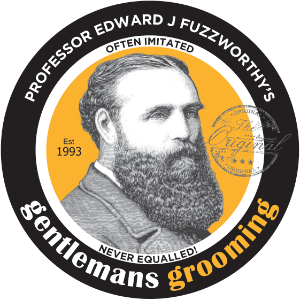
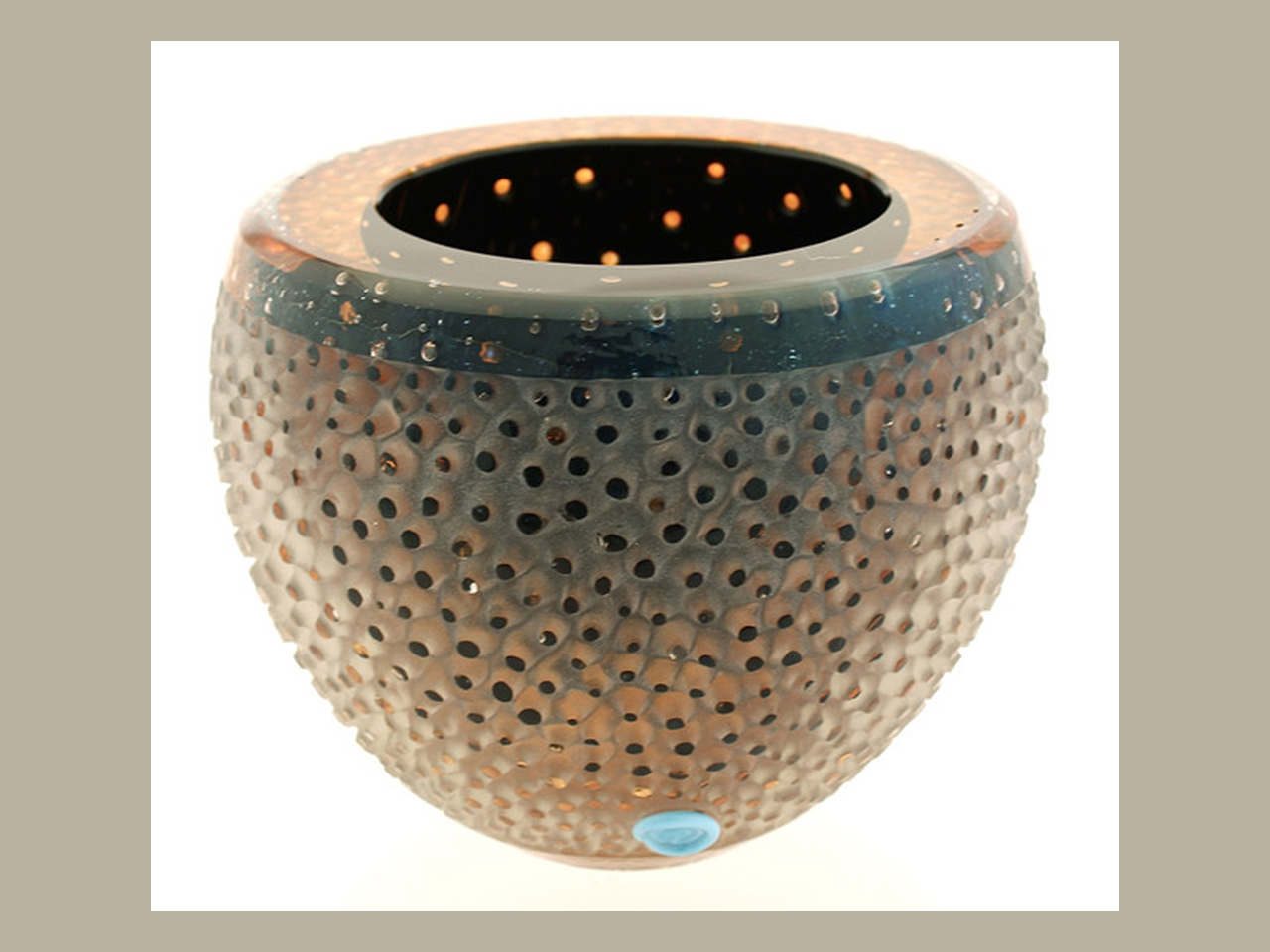
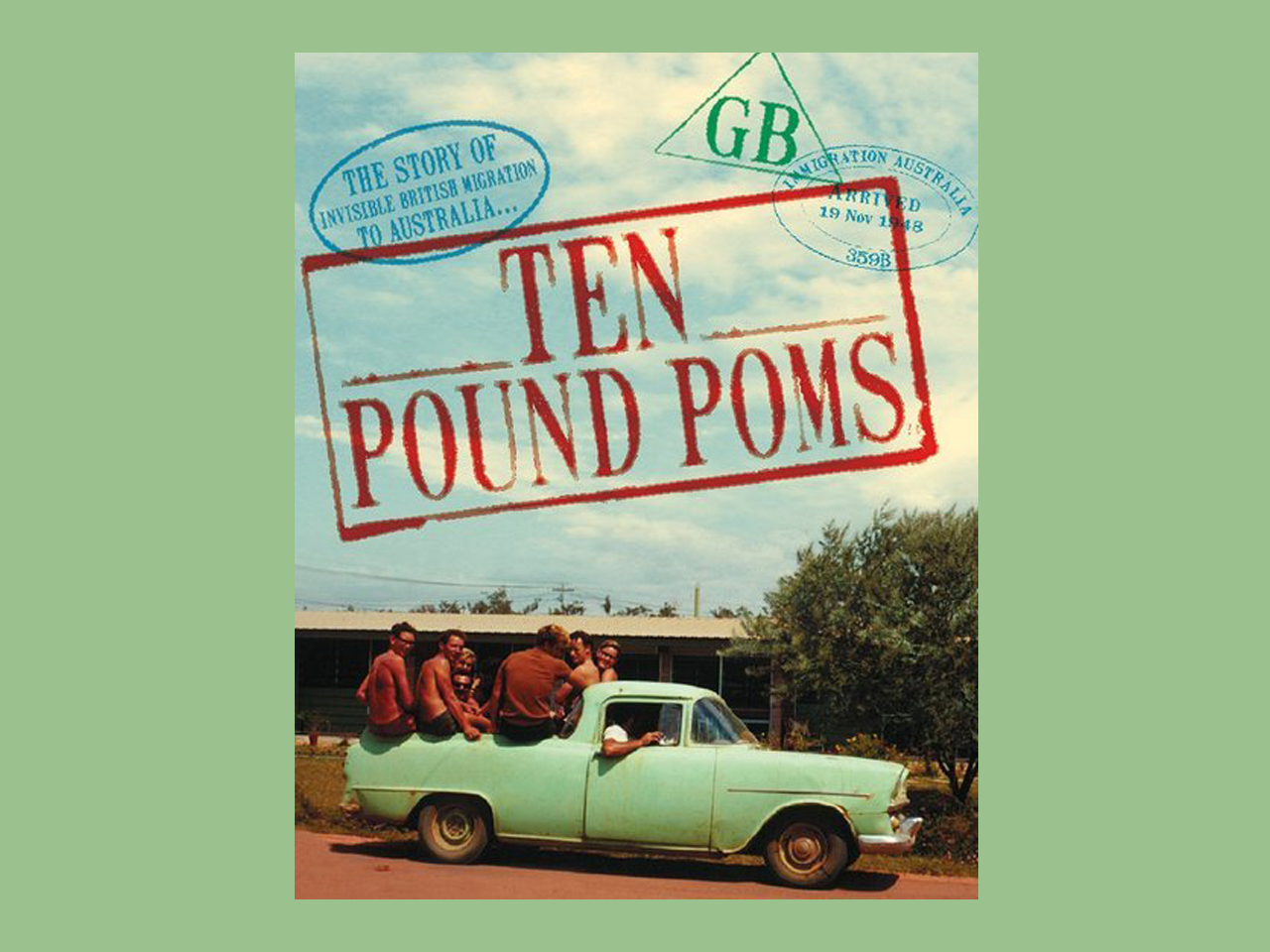
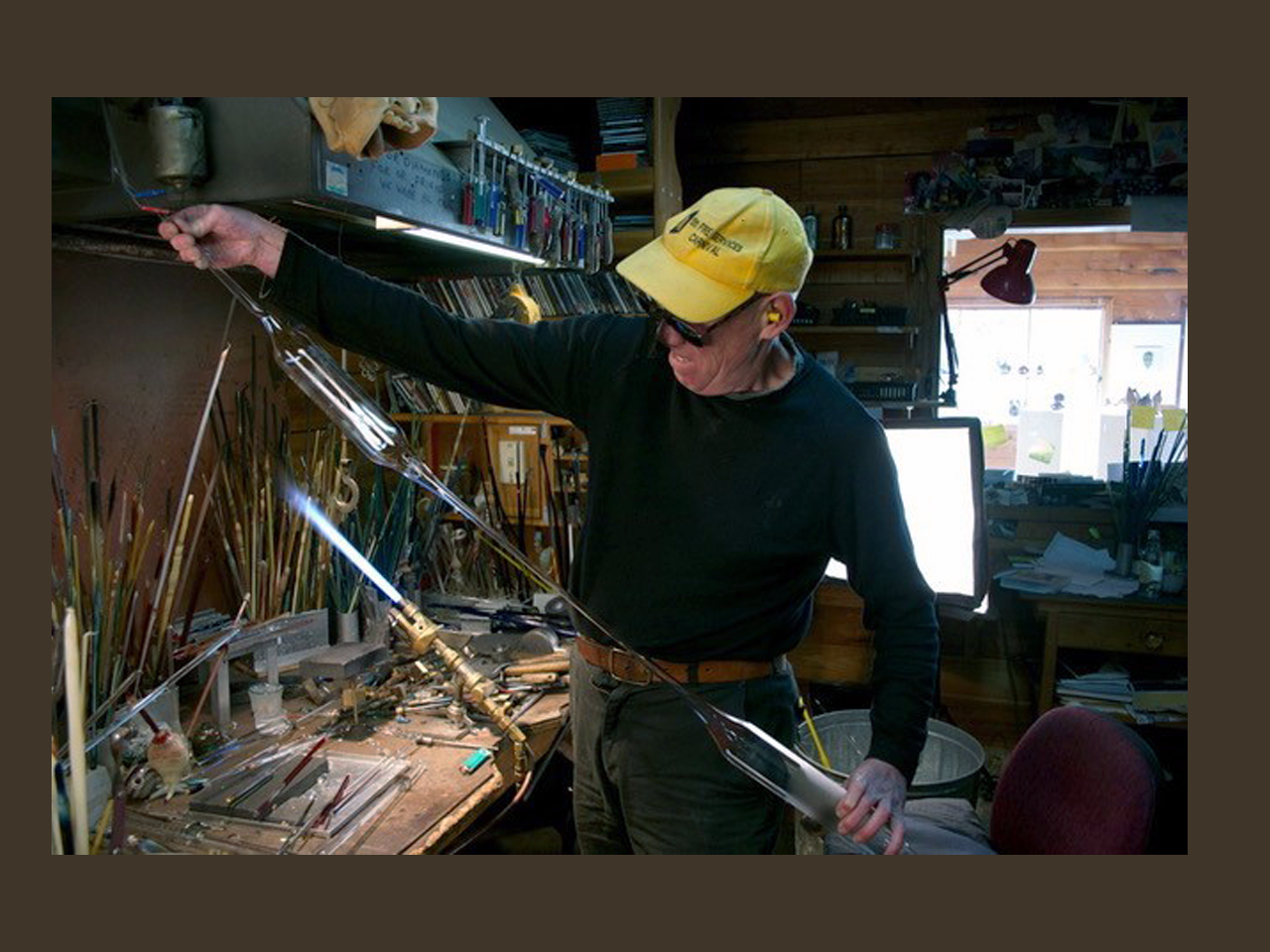
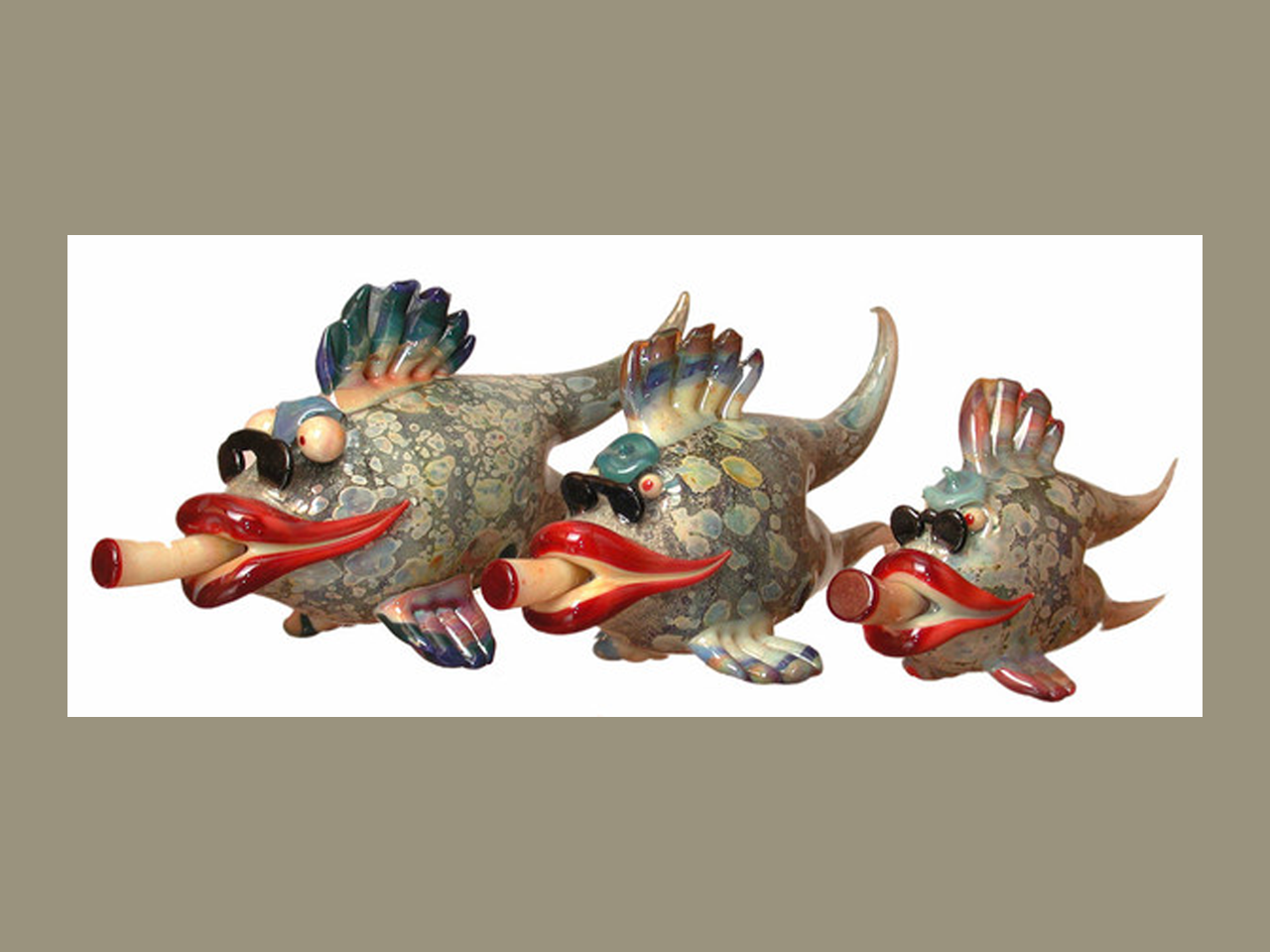

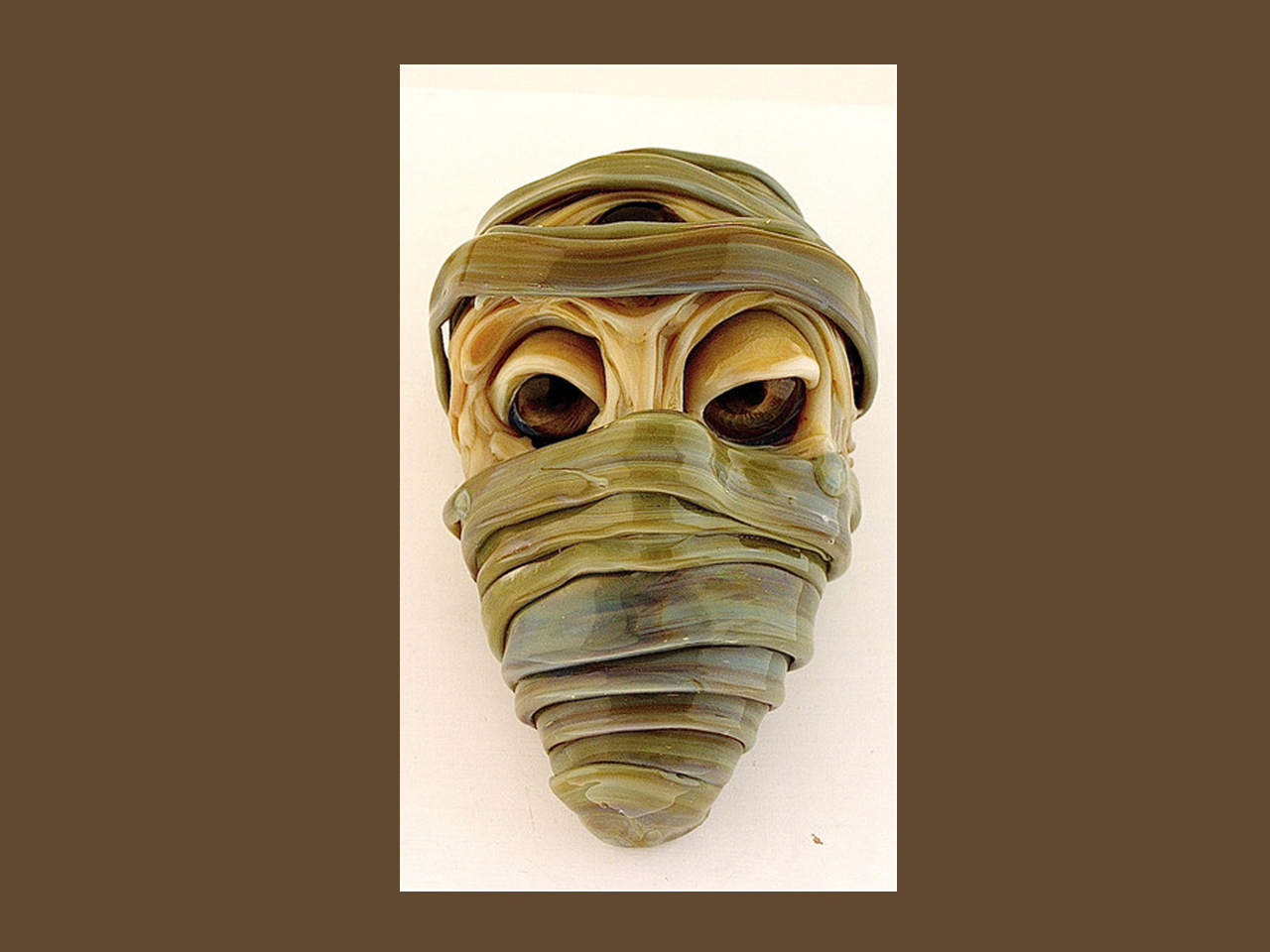







Leave a Reply